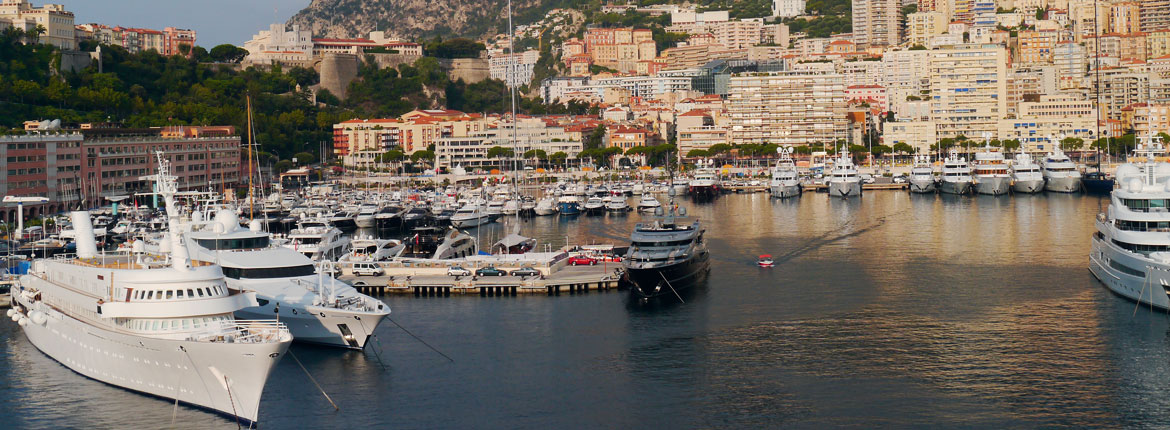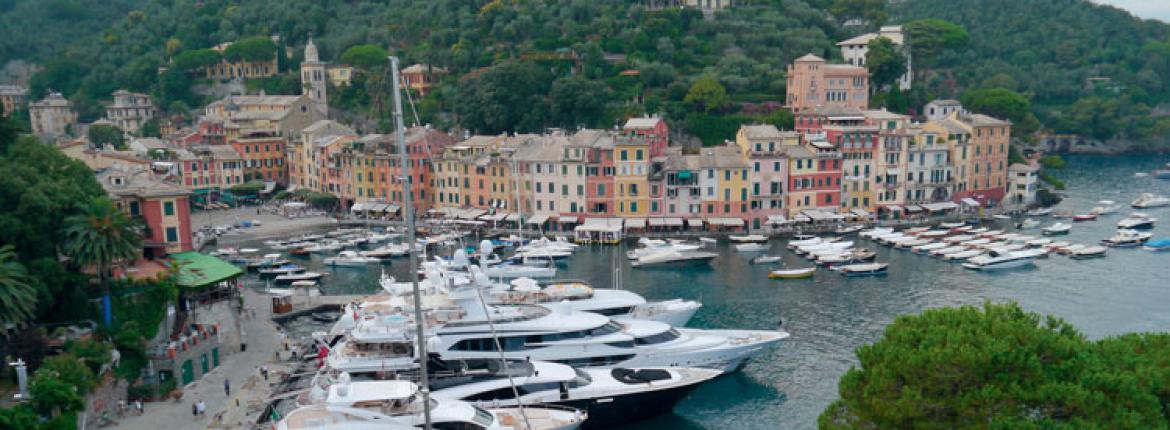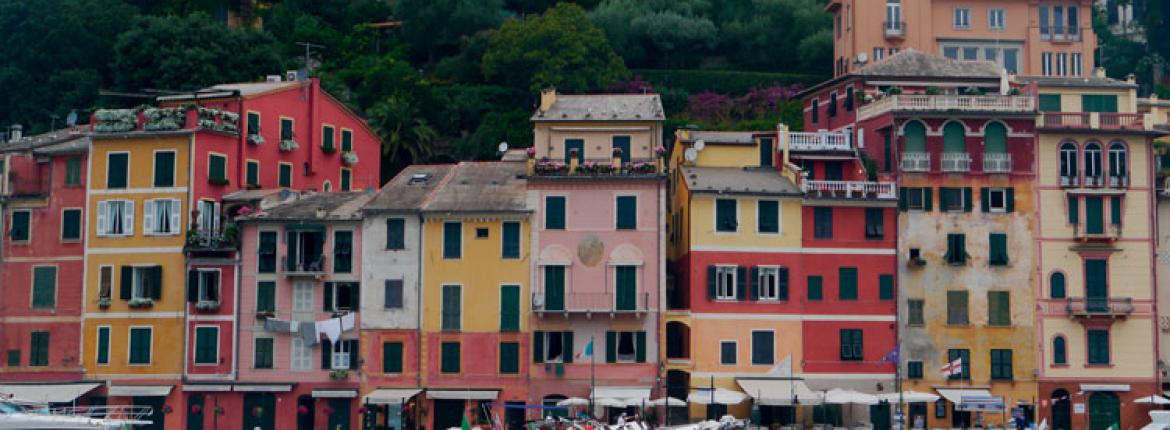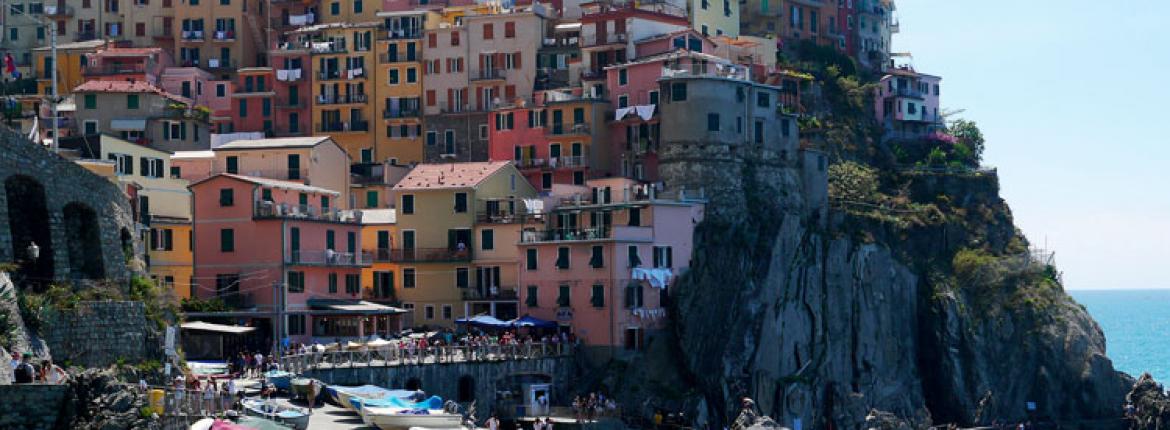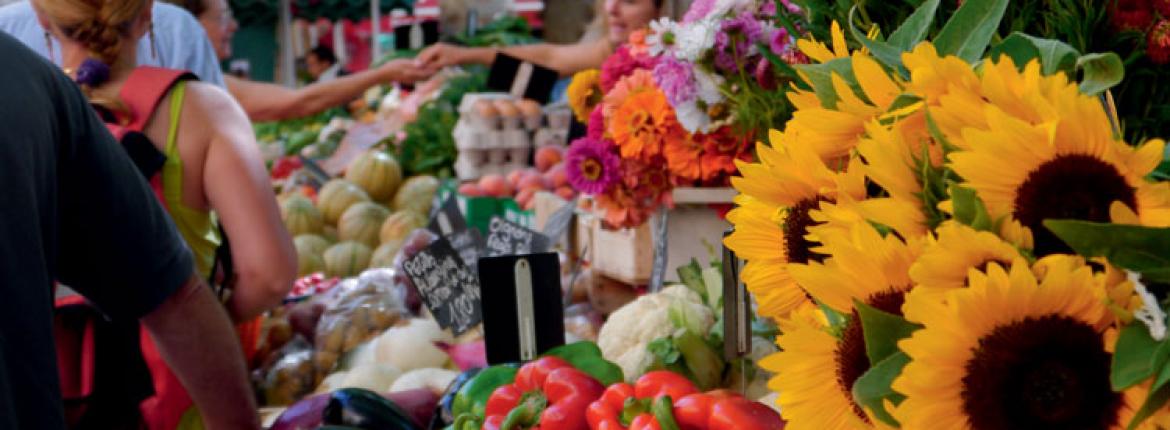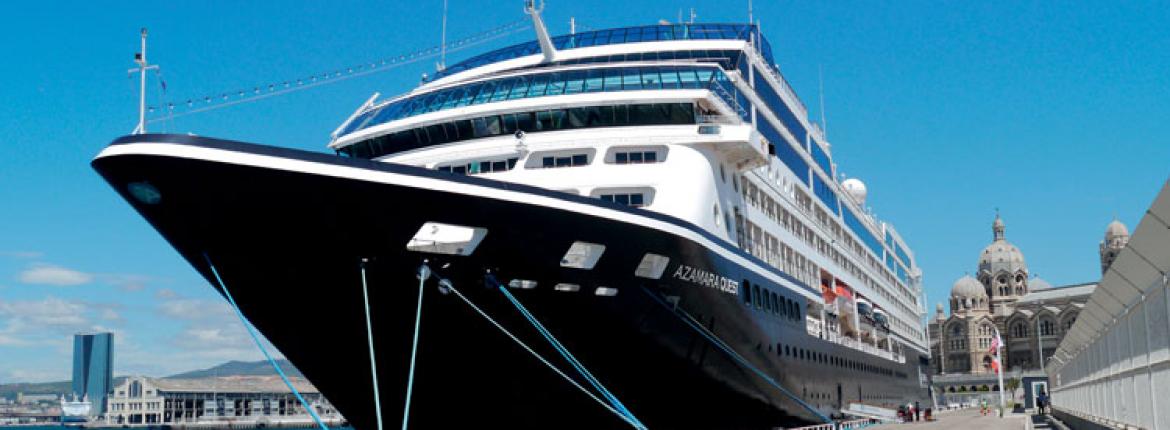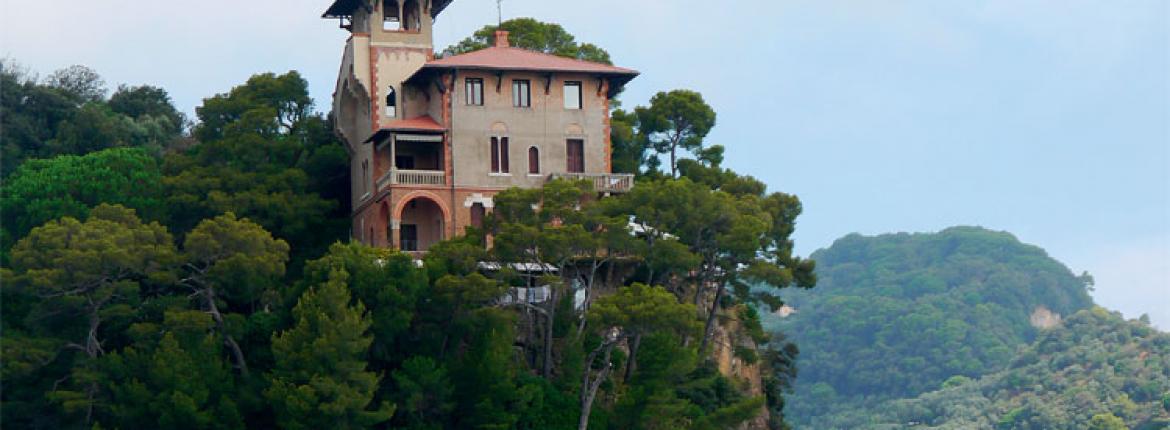Has anyone visited Antoni Gaudi’s Casa Battlo and not left intending to take up furniture making or mosaic design?
The Barcelona apartment was crowded with people the day I visited, photographing its window latches and door handles, studying the wooden ventilation slots, staring intently at the changing colours in rooms teased by tiled light shafts and atriums. I imagined many of them were students of architecture or design, and, if I’m right, there is hope for the world.
Gaudi is why I wanted to spend extra time in Barcelona but, of course, there was a lot more to the city than this extraordinary artist’s legacy. I spent three days getting lost in its back alleys, dumbstruck by its beauty, its gothic, classical and modernist bones. Huge graceful apartment blocks with wrought iron trimmings and stone facades grace tree-lined streets wide enough to accommodate traffic, bicycles, tourists galore, pedestrians with dogs, pram-pushing families.
It’s a city to walk and walk and walk in – up the famous La Rambla, down side streets to skinny lanes with boutiques and galleries and shops selling handmade shoes, fans, leather bags, hats and gelato. Butchers, bars and churches cluster around market squares; buskers play to queues waiting to get into museums.
While the Picasso and Miro museums were highlights for me, other visitors happily spent entire afternoons eating tapas in a people-watching spot. For others, the Gothic Quarter, the fascinating history or a football match would have won their vote. There are many reasons to be in this city – and actually, the main point of my visit was to board a cruise ship.
Azamara Quest, no less. For seven nights.
In the ship's Drawing Room, a haven loaded with enough books to last several voyages, I opened a world atlas at pages featuring the Mediterranean, the Italian and French Rivieras, to see where I was headed.
My finger traced the coastline from Barcelona to Roses to Marseilles, up past Corsica and Portofino to Monte Carlo.
Roses in Spain is a small dot in the atlas. Our full day there was all about food and wine, with a behind-the-scenes experience at a seafood restaurant. Exposure to local culture is one of the specialities of this cruise line, taking passengers to sample local hospitality. It’s usually arranged for small groups, although the next night, in Marseille, most of the ship’s 600-plus passengers boarded buses for a private opera performance at a country chateau.
There, a soprano sang arias from Puccini, Verdi, Catalani; it was very beautiful and made more special with folk dancers welcoming us and fire dancers lighting our departure.
Earlier that day, a small party of us had been to Aix-en-Provence, where Paul Cezanne was born; St Victory Mountain, which he painted many times, rose out of the summer heat. The Cyprus and olive trees, the market squares, terracotta colouring and classic architecture were familiar to me from art. We wandered the markets with busy cameras and ate a long French lunch.
Back on board, the wind snapped the flags and the shower by the ship’s pool flew horizontally.
The ship stayed in Marseille an extra night because the mistral wind had risen, so the next day we went by road to Cassis, a little seaside town bristling with holidaying Europeans, tolerating the wind on a little beach and spending hours over lunch in one of numerous harbour-side restaurants.
Back on board, the wind snapped the flags and the shower by the ship’s pool flew horizontally. We pulled away from the harbour wall and manouevered sideways and out past the sheltering sea walls. We’d been moored in the heart of the city because although it’s a big ship, it’s not too big to get in close. I leaned over as far as I could, watching the tugs. Edging away from the land I felt I belonged to a club; we were all in it together, leaving for a new port.
The Mediterranean was blue-black with shots of sunset pink falling to the horizon. Dry and chalky landscapes, lit like papery emptiness in loose charcoal drawings, receded as the evening went on. Late at night I stood on the balcony of my cabin watching the solid rush of the ship moving majestic and unstoppable through the night. The sea was midnight ink – the sky full of twinkle.
We rolled into Corsica early in the day, arriving in the flush of blue sky perfection – the sea still, the ship waiting for local ferries to leave before backing in to port. Into the little town of Bastia we went, to walk its steep cobblestone lanes and photograph its ancient terracotta-coloured architecture. Slowly, in intense summer heat, we walked up to the old citadel for the view. Reflected in the harbour were shimmering yacht masts and smudges of colour from the surrounding houses – yellow, rusty reds, old earthy hues, blue.
Best of all, in the evening a group of us went to a family restaurant in the hills above town. It was set in a rustic home that had seen many generations. Old, uneven brick walls sheltered the terrace. Geraniums, olive and lemon trees leant close, an old olive press and ancient farming junk was scattered about and, in the orchard nearby, sheep with bells.
Our party of 20 or so sat at a long table for six courses of homemade deliciousness: Corsican soup laden with beans and vegetables, wild boar sausages, pasta, cheeses, gelato and local wine and plum brandy. Locals arrived late for their dinners, a little bemused at the influx of English speakers in their tiny village’s restaurant. It was a genuine treat and not the sort of place easily discovered but, happily for us, was part of the Azamara ‘eat local’ programme.
More people bustled about in Portofino, though it too is small. Our ship moored out and tenders delivered us into the steep horse-shoe harbour surrounded by high-up church towers and shuttered villas with window boxes, terraces and elegant balconies.
At the edge of the port, a handful of extremely impressive private boats moored, cafes spilled out into the view, winding roads disappeared toward homes hidden in old gardens. I heard that the village of Portofino was saved at the end of WW2 by a German countess who begged the departing Germans not to bomb the place. She gave them all her cars, in return.
...cafes spilled out into the view, winding roads disappeared toward homes hidden in old gardens.
We took a ferry from Portofino to a larger town around the coastline – Santa Margarita – then went by road to Cinque Terre, five tiny coastal villages famous for their steep, rugged terracing with medieval stone walls supporting gardens and olive groves and grape vines.
The towns are linked by cliff-edge pathways, walked these days more by tourists than farmers, but it’s still quaint and pretty and romantic. We meandered among the throng, past souvenir shops and B&Bs, stopping for pesto pasta lunch at Manarola at a table perched high above the sea; took a boat between towns and a train from the last.
Back in Portofino I looped around the town, dipping into its expensive shops and galleries. This is the territory of very wealthy people; I spotted original art by Marc Chagall and Frank Leger for sale.
Azamara itinerary planners make an effort to depart ports late, giving passengers full days and sometimes evenings on shore. Not being a regular cruiser, I didn’t realise the significance of this until taking the last tender back to the ship and overhearing others praise this advantage.
The timetable gave us a full day, the last on the cruise, in Monaco. Bleary-eyed and possibly still dreaming, I stepped out onto my balcony and into the midst of a city bristling with classic fairy-tale architecture and sleek multi-storeyed high-rises in a surreal mix of straight edges and romantic curves. Behind the city a mass of land, the nose of the French Alps, loomed. The harbour was busy with private boats large and small – it was buzzy and surprisingly real.
Walking in the city streets some of that reality dropped away. Monte Carlo bristles with brands: Ferrari, Maserati and Porsche; Louis Vuitton, YSL, Chanel. A sedate Rolls Royce pulled up to the steps of a grand hotel, depositing an elegant very elderly woman, both arms laden with familiar-logo’d shopping bags.
Late in the day I took to my balcony for the last time; in the morning I had to disembark and make my way back to real life. The harbour was busy and beautiful. Diamonds of light sparked off the chromed points of shiny boats, off the tops of waves, off the edges of white hulls. Drenched with summer heat, the city seared its image on my memory.
Reported by Kathryn Webster for our AA Directions Autumn 2024 issue

